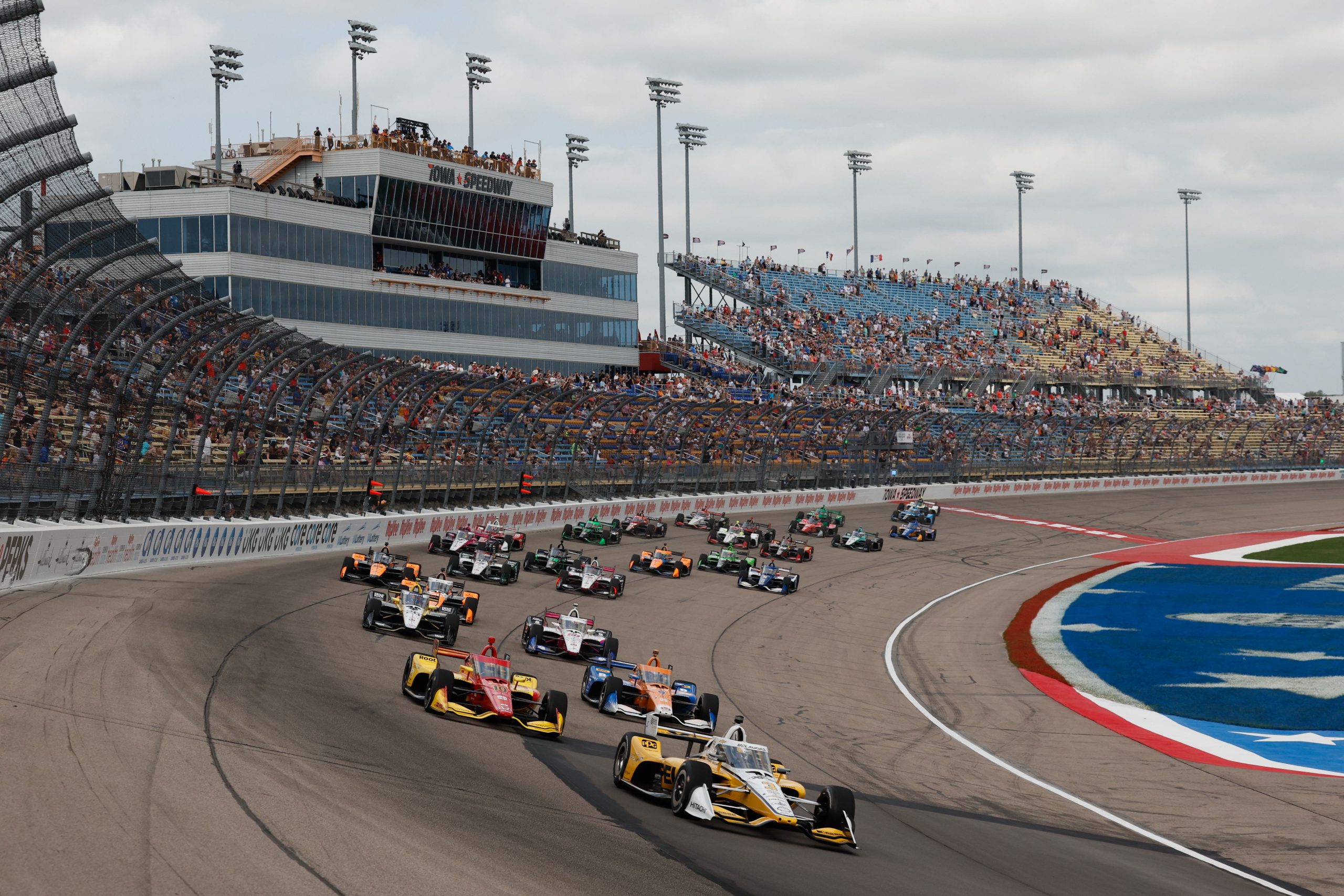Are Indy Cars Identical?


Are Indy cars identical? In the world of IndyCar racing, the common belief is that cars are, to a large extent, uniform. This stems from the use of a standardized chassis by all teams—the Dallara IR-18—which serves as the foundational structure for IndyCar vehicles. All teams utilize this base and add their specific adjustments to optimize performance.
Despite the shared chassis, differences do arise—the IndyCar series allows for two different engine suppliers, Honda and Chevrolet. This introduces a major variable as each provide distinct powertrains with unique performance characteristics. Additionally, teams can adjust configurations for different track types, with dedicated aerodynamic kits for oval tracks and another for road courses. The series strategically standardizes elements to level the competitive field while still enabling teams to exercise strategic choices in car setup and race-day decisions.
Furthermore, while the frame and certain components are fixed, IndyCar teams have the freedom to work on car setup—altering elements like suspension settings, gear ratios, and wing angles. These adjustments are critical for adapting to the varied circuits that comprise the IndyCar season and can significantly affect the car’s performance. Consequently, while Indy cars adhere to a controlled design for parity, the expertise of the teams in fine-tuning the cars produces a competitive grid where no two cars are exactly identical.
Table of Contents
IndyCar Design and Engineering
IndyCars feature advanced design and engineering, harnessing powerful engines and sophisticated aerodynamics within a strictly regulated framework to balance competition and innovation.
Chassis Specifications
The solid and standardized foundation of every IndyCar is its chassis, manufactured exclusively by Dallara. The chassis, also known as the monocoque, is a single-seater design constructed to enhance driver safety and maintain competitive parity. Teams are restricted in modifications, focusing primarily on setup rather than structural changes.
Engine Performance
Two manufacturers, Honda and Chevrolet, provide the 2.2-liter V6 twin-turbocharged engines used in these vehicles, each producing an impressive range of 550 to 700 horsepower. The engines are designed for high performance and can run on ethanol-blended fuel, which provides a significant speed boost while ensuring efficiency.
Aerodynamics and Speed
IndyCars employ advanced aerodynamics with different aero specs for road courses and ovals, enabling them to achieve substantial downforce and minimal drag. Wings and other aero components are finely tuned for each race, affecting overall performance, top speed potential, and handling characteristics at speeds that can exceed 240 mph.
Safety Features
Significant emphasis is placed on the safety features of IndyCars. Developments like the Aeroscreen, a combination of a Halo device and a ballistic screen, shield drivers from debris while enhancing the structural integrity of the cockpit. Advanced braking systems and energy-absorbing barriers at tracks also contribute to the high safety standards.
Comparisons to F1
Despite similarities as open-wheel racing cars, IndyCars and Formula 1 vehicles have distinct differences in their engineering. F1 cars are typically a product of more diverse technologies, with power units from manufacturers like Mercedes, Ferrari, and Red Bull that contribute to performance diversity. While IndyCar focuses more on standardized components to level the playing field, F1 allows for greater variation in car design and technology, leading to differing speeds and handling characteristics.










